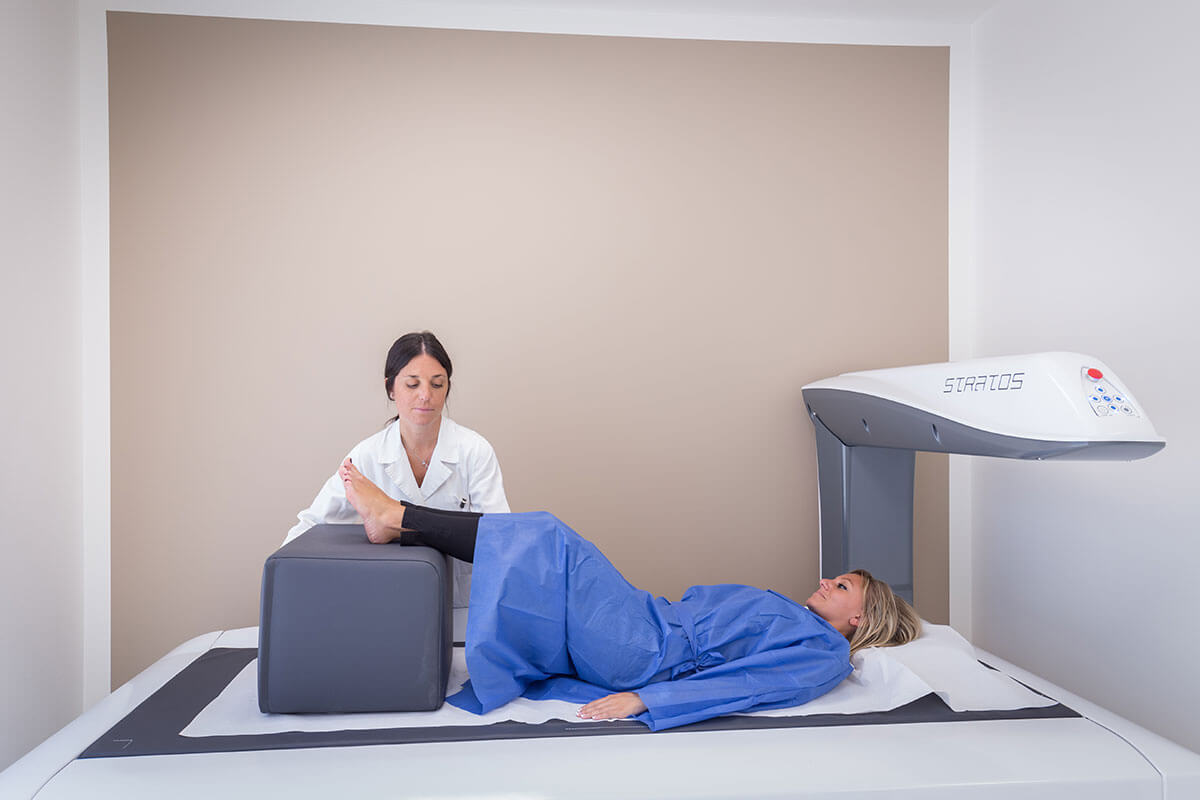
About Osteoporosis: What is a bone mineral density test?
A bone mineral density test uses X-rays to measure the amount of minerals — namely calcium — in your bones. This test is important for people who are at risk for osteoporosis, especially women and older adults
The test is also referred to as dual energy X-ray absorptiometry (DXA).
It’s an important test for osteoporosis, which is the most common type of bone disease.
Osteoporosis causes your bone tissue to become thin and frail over time and leads to disabling fractures.
What’s the purpose of the test?
Your doctor may order a bone mineral density test if they suspect that your bones are becoming weaker, you’re displaying symptoms of osteoporosis, or you’ve reached the age when preventive screening is necessary.
The National Institutes of Health (NIH), in USA, recommend that the following people get preventive screenings for bone mineral density:
- all women over the age of 65
- women under the age of 65 who have a high risk of fractures
Women have an increased risk for osteoporosis if they smoke or consume three or more alcoholic beverages per day.
They’re also at an increased risk if they have:
- chronic kidney disease
- early menopause
- an eating disorder resulting in low body weight
- a family history of osteoporosis
- a “fragility fracture” (a broken bone caused by regular activities)
- rheumatoid arthritis
- significant height loss (a sign of compression fractures in the spinal column)
- a sedentary lifestyle that includes minimal weight bearing activities
How to prepare for a bone mineral density test
The test requires little preparation. For most bone scans, you don’t even need to change out of your clothes.
However, you should avoid wearing clothing with buttons, snaps, or zippers because metal can interfere with X-ray images.
Bone mineral density test: How’s it performed?
A bone mineral density test is painless and requires no medication.
You simply lie on a bench or table while the test is performed.
The test may take place in your doctor’s office, if they have the right equipment.
Otherwise, you may be sent to a specialized testing facility. Some pharmacies and health clinics also have portable scanning machines.
There are two types of bone density scans:
- Central DXA
This scan involves lying on a table while an X-ray machine scans your hip, spine, and other bones of your torso.
- Peripheral DXA
This scan examines the bones of your forearm, wrist, fingers, or heel. This scan is normally used as a screening tool to learn if you need a central DXA. The test takes only a few minutes.
Read Also:
Emergency Live Even More…Live: Download The New Free App Of Your Newspaper For IOS And Android
What To Know About The Neck Trauma In Emergency? Basics, Signs And Treatments
Lumbago: What It Is And How To Treat It
Back Pain: The Importance Of Postural Rehabilitation
Cervicalgia: Why Do We Have Neck Pain?
O.Therapy: What It Is, How It Works And For Which Diseases It Is Indicated
‘Gendered’ Back Pain: The Differences Between Men And Women
World Osteoporosis Day: Healthy Lifestyles, Sun And Diet Are Good For Bones


